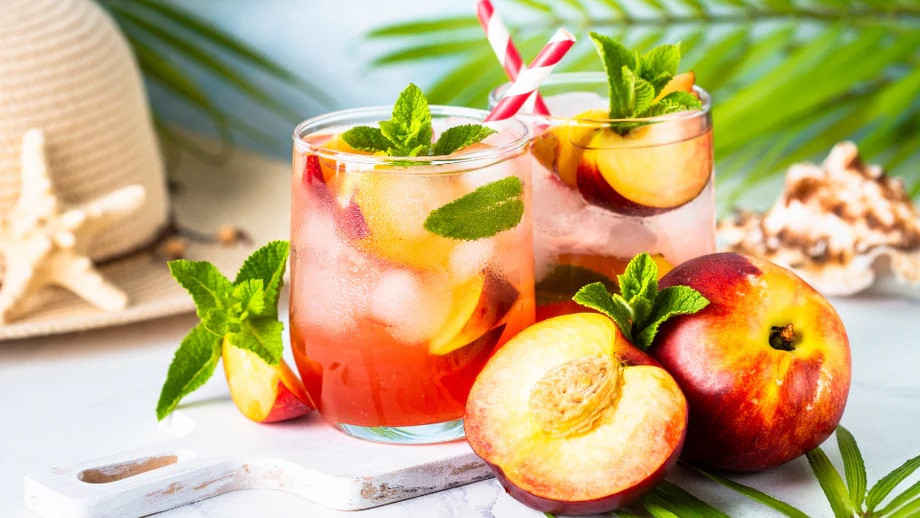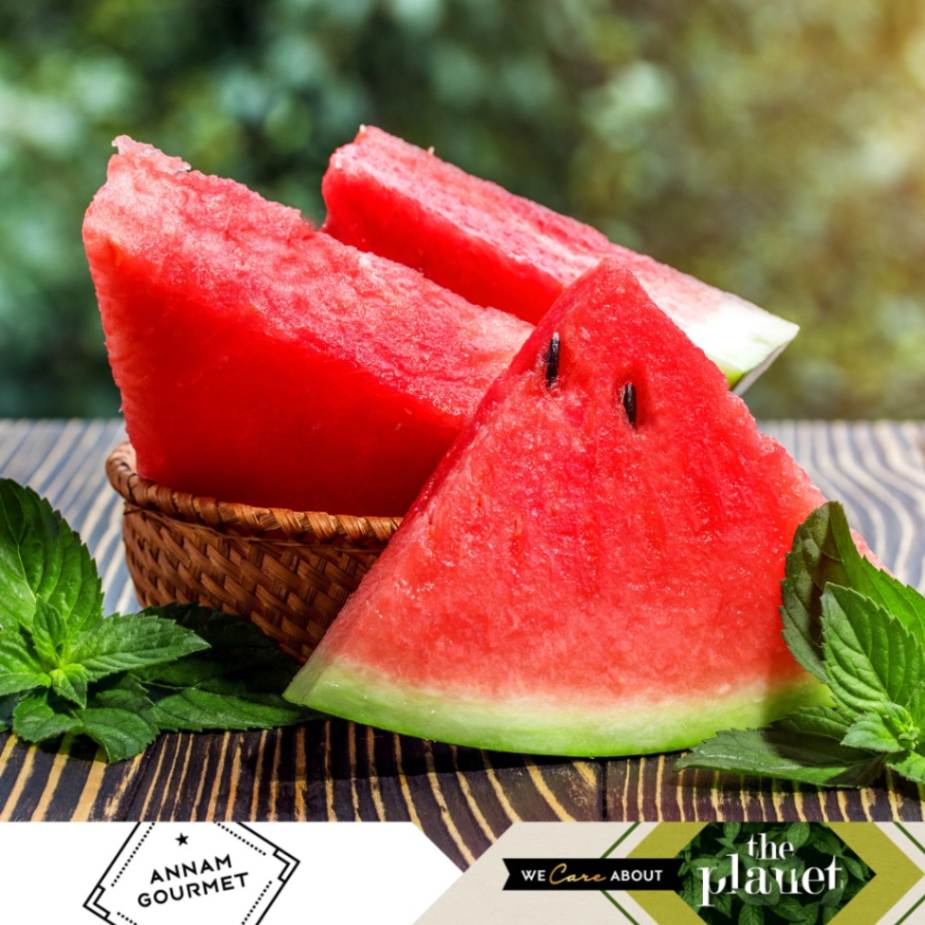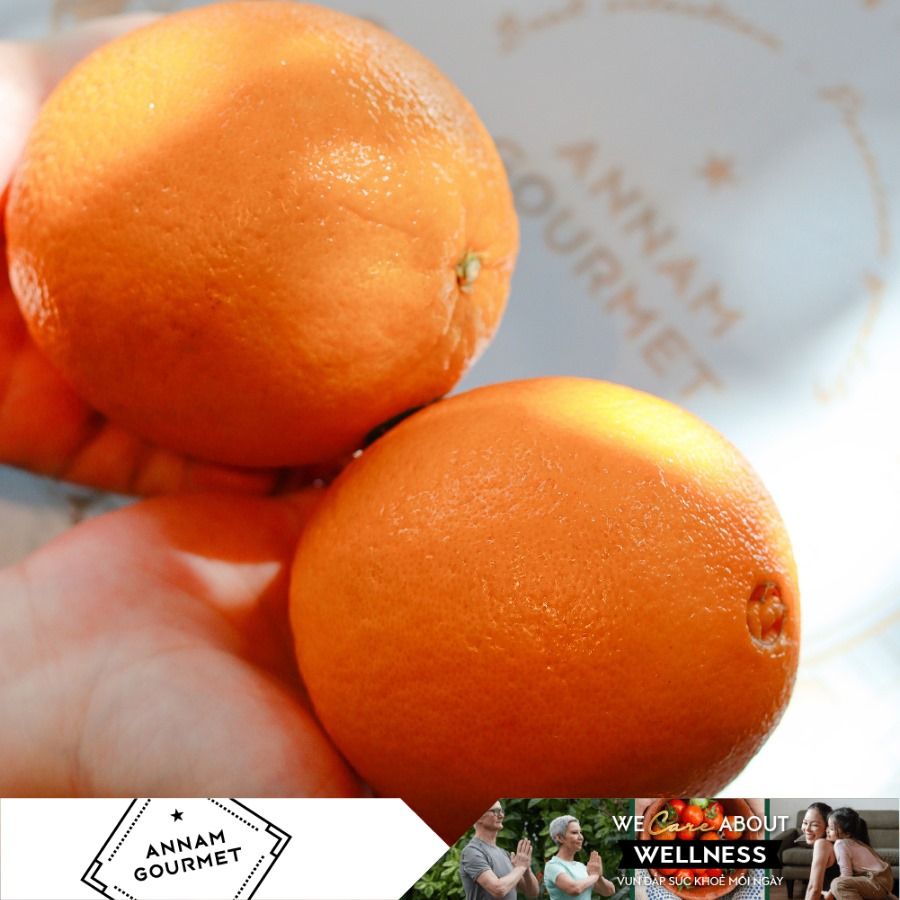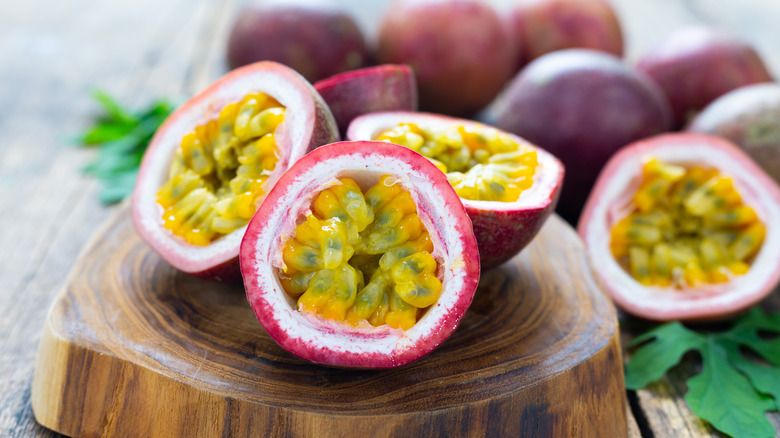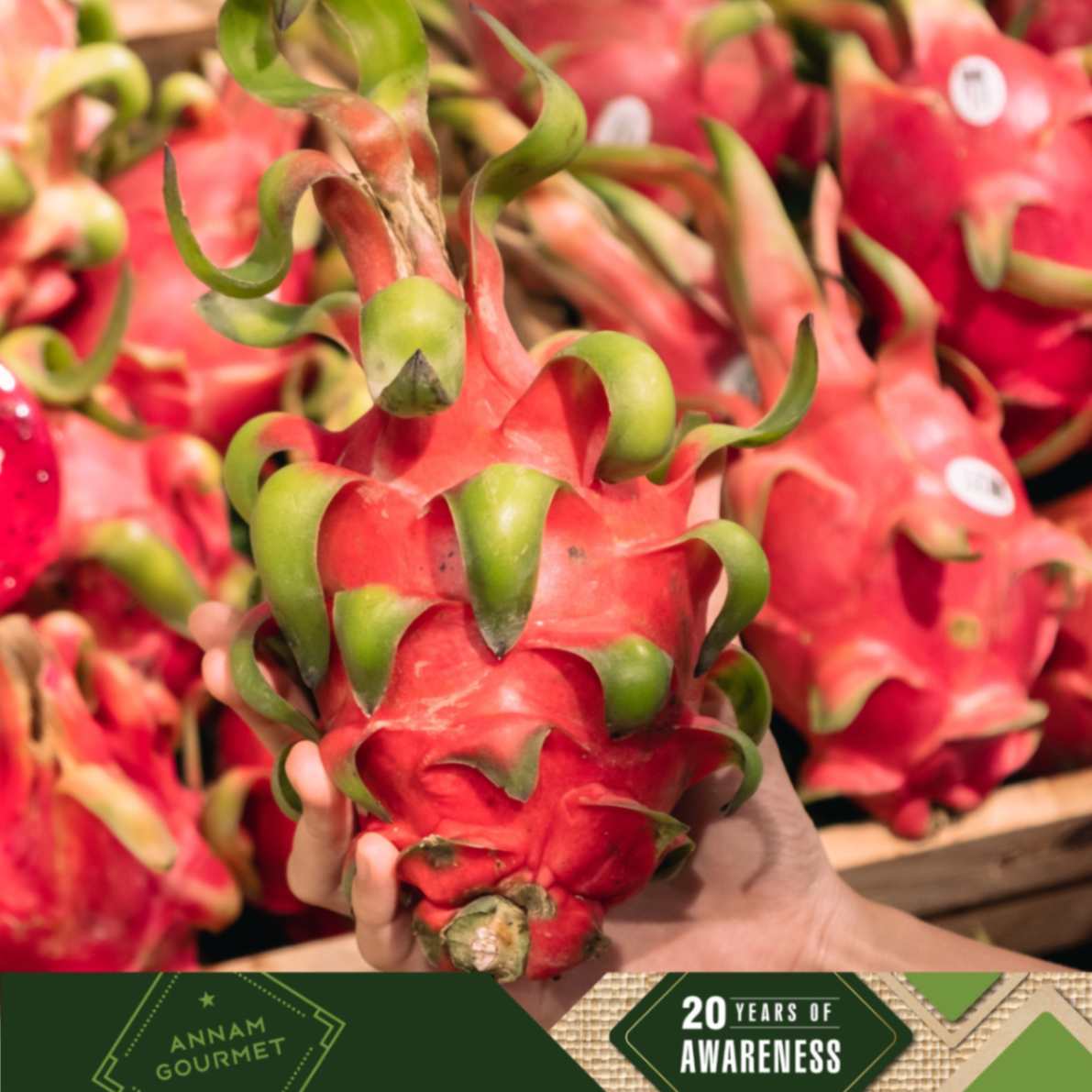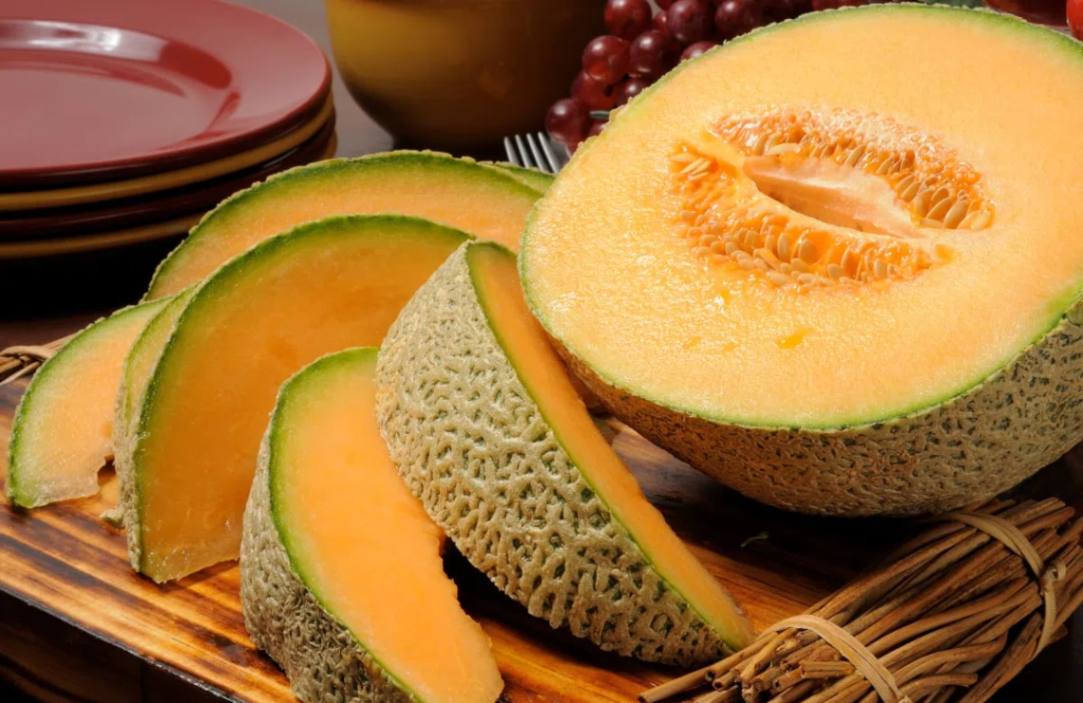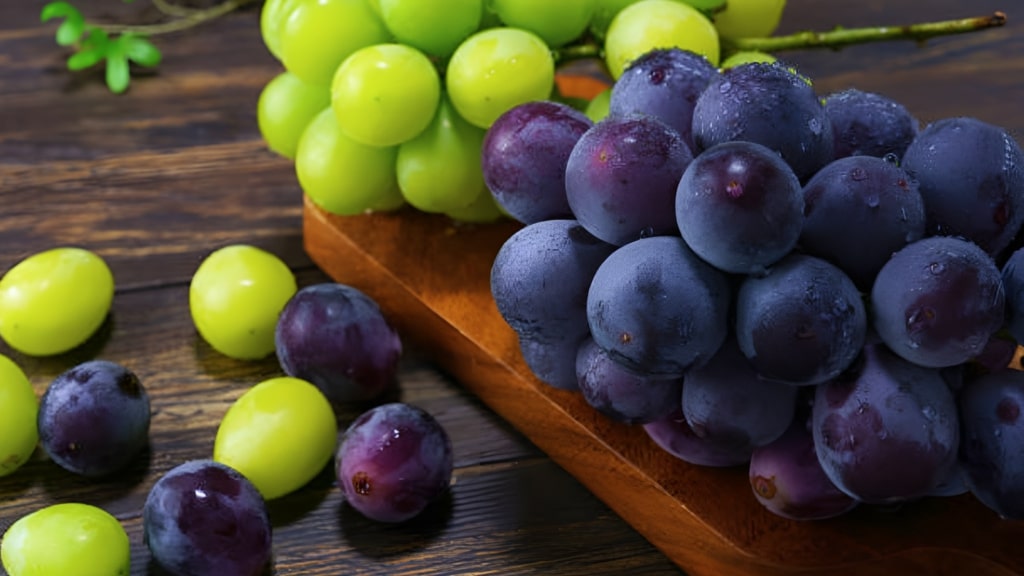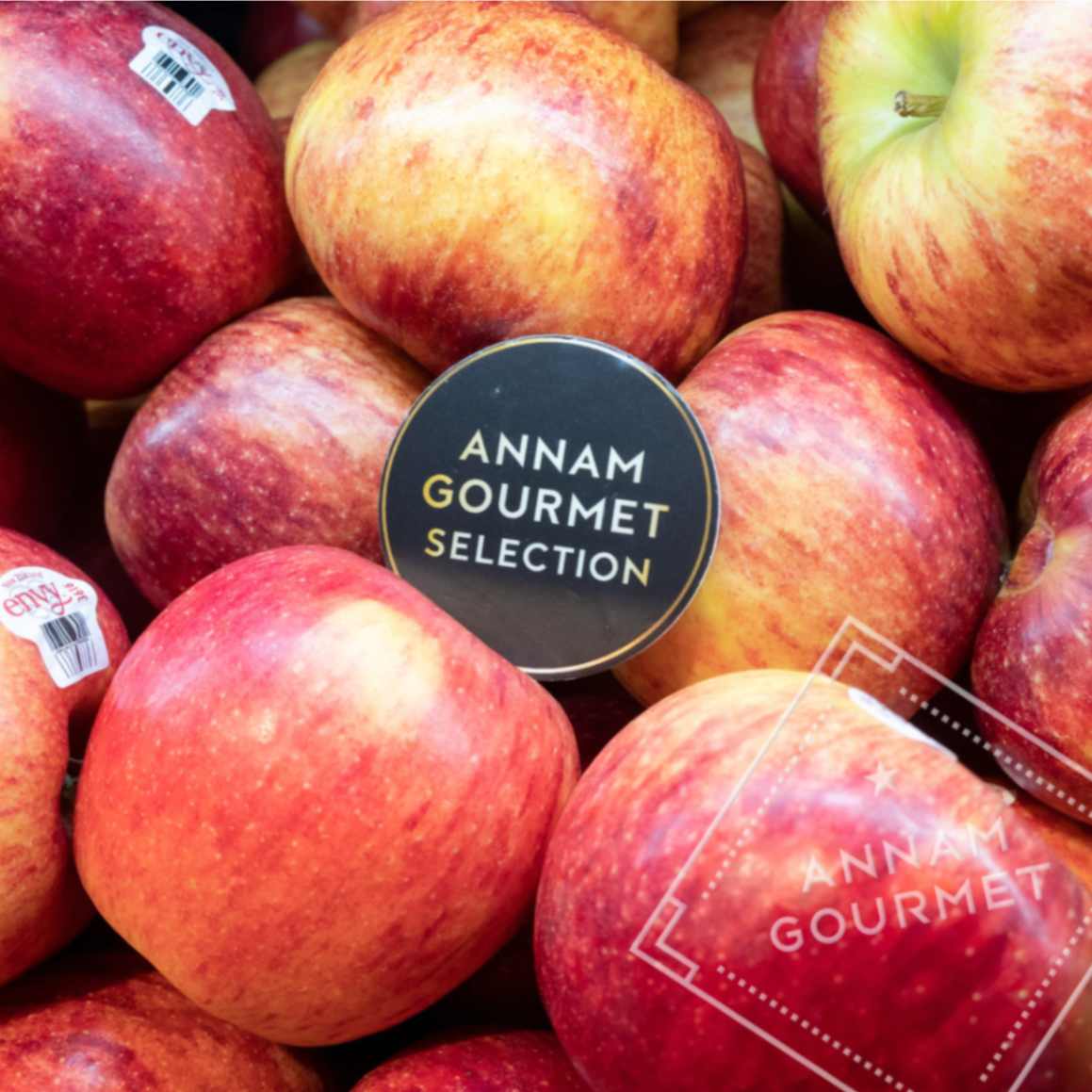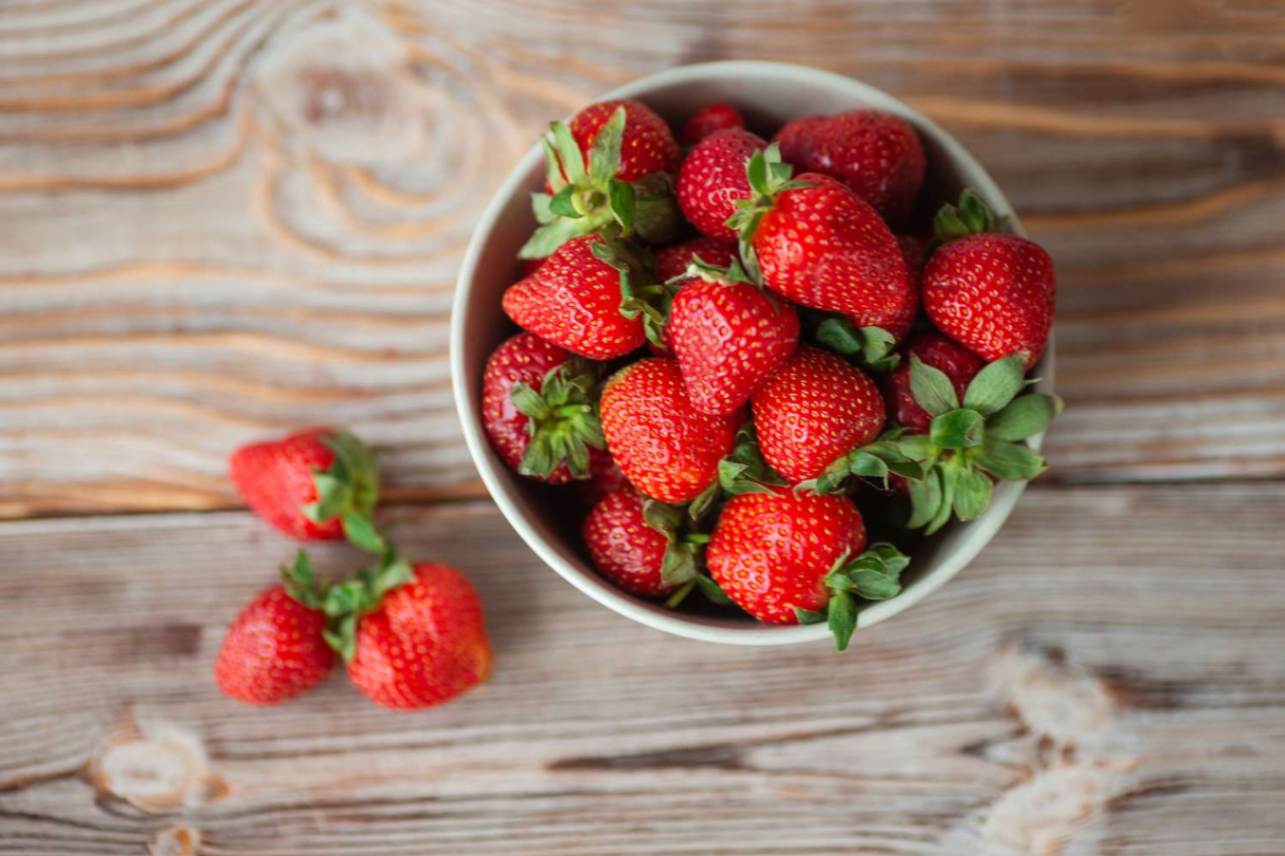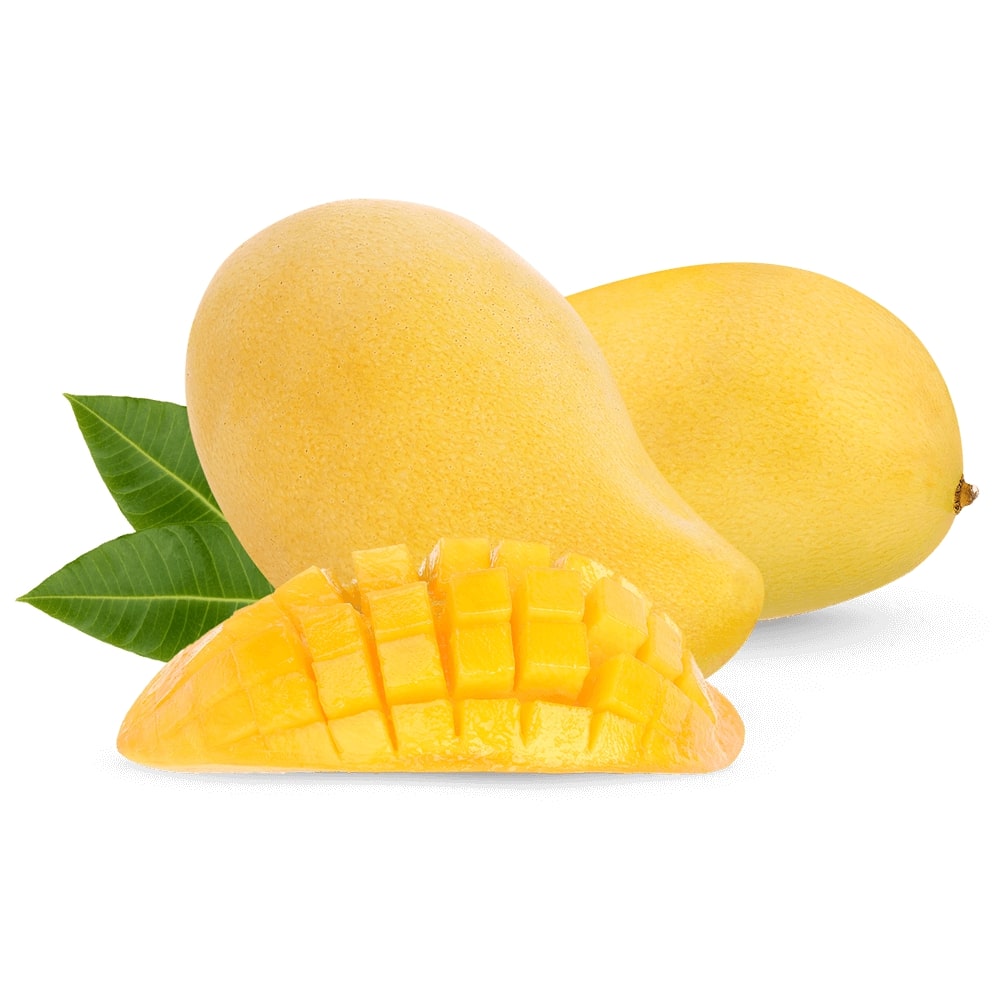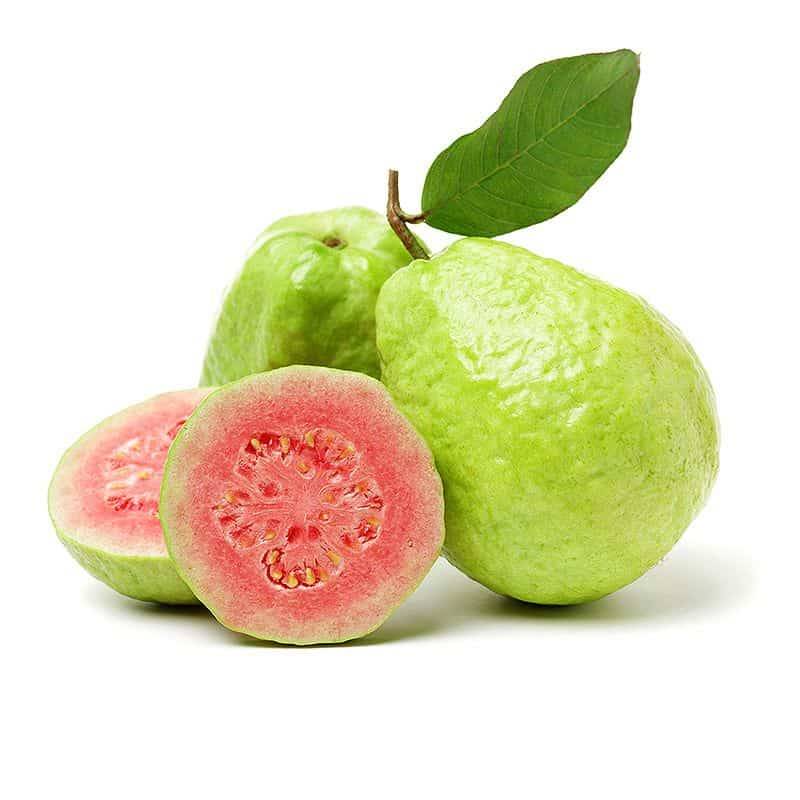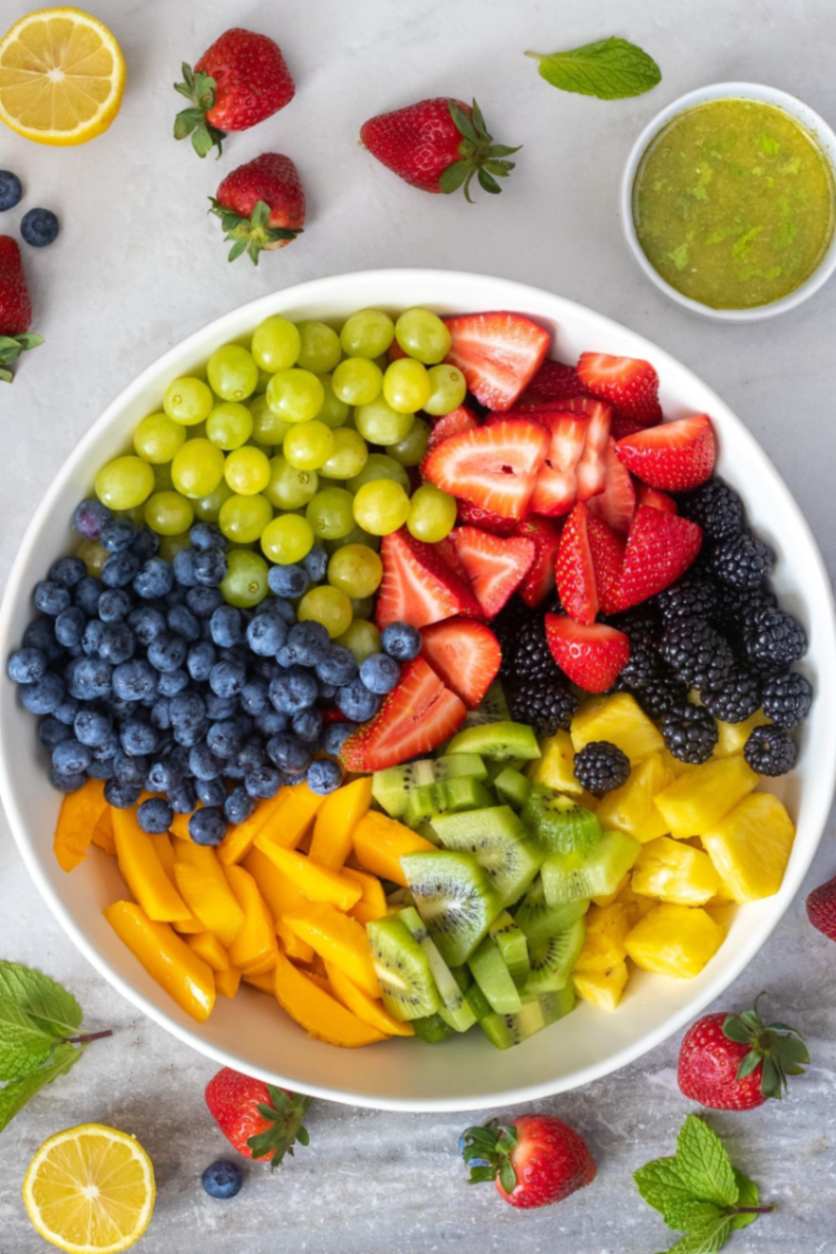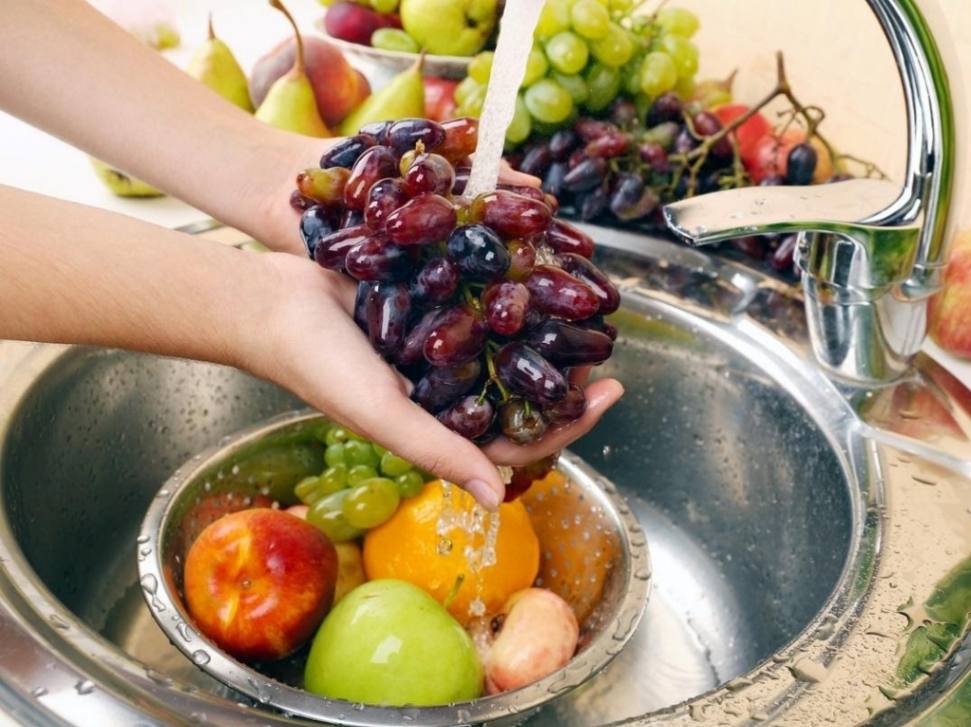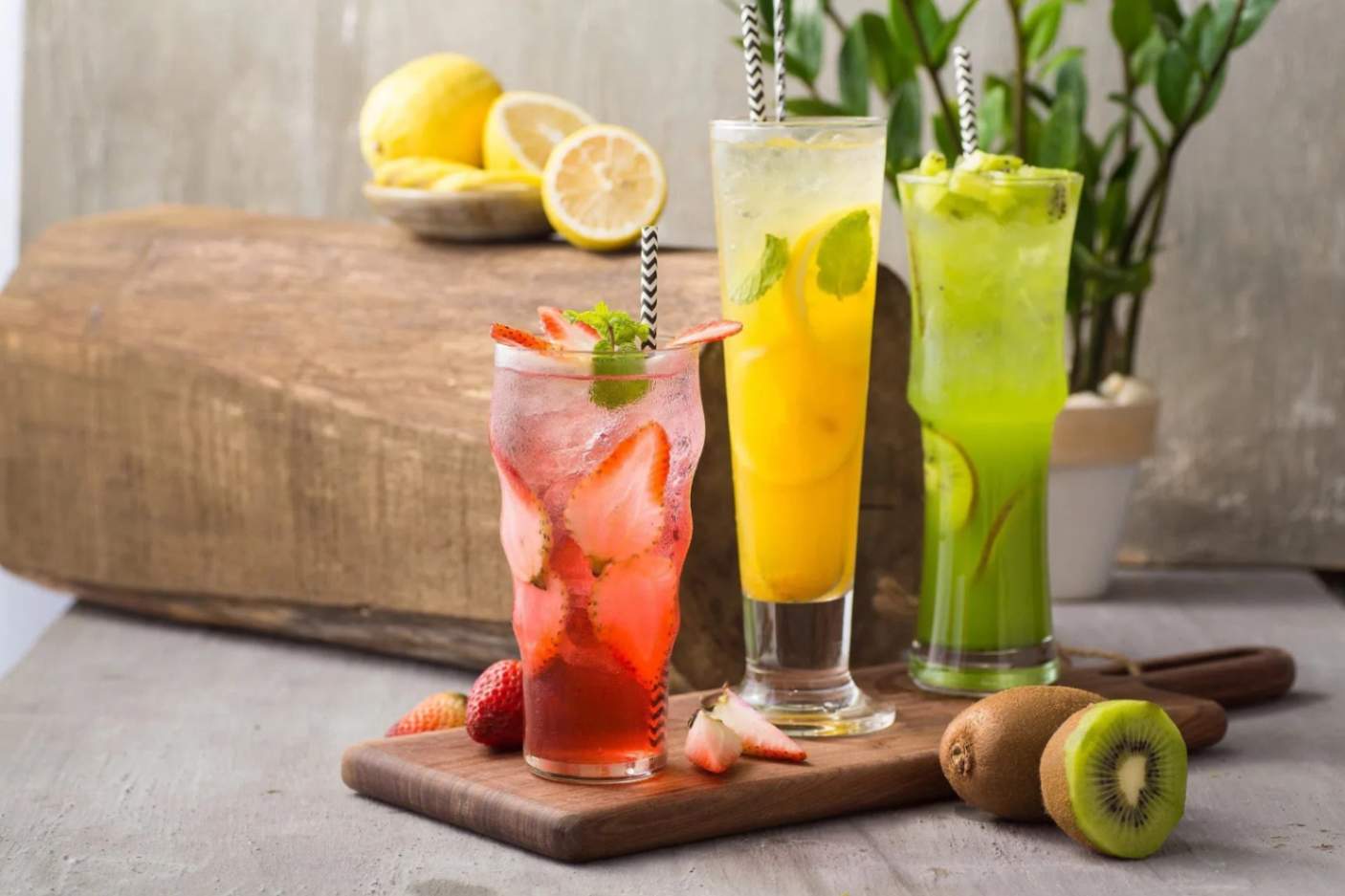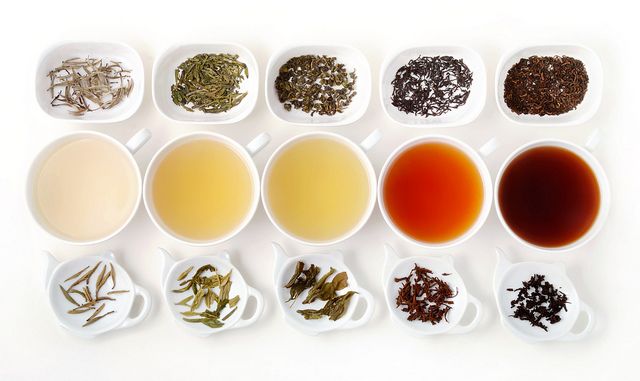We use cookies
We use cookies to personalize content and advertisements, provide social media features, and analyze our traffic. We also share information about your use of our website with our social media, advertising, and data analytics partners, who may combine this information with other data you have provided to them or that they have collected from your use of their services. View detail.
Please note: Disabling cookies may limit access to personalized offers or specific features tailored to your shopping experience.









